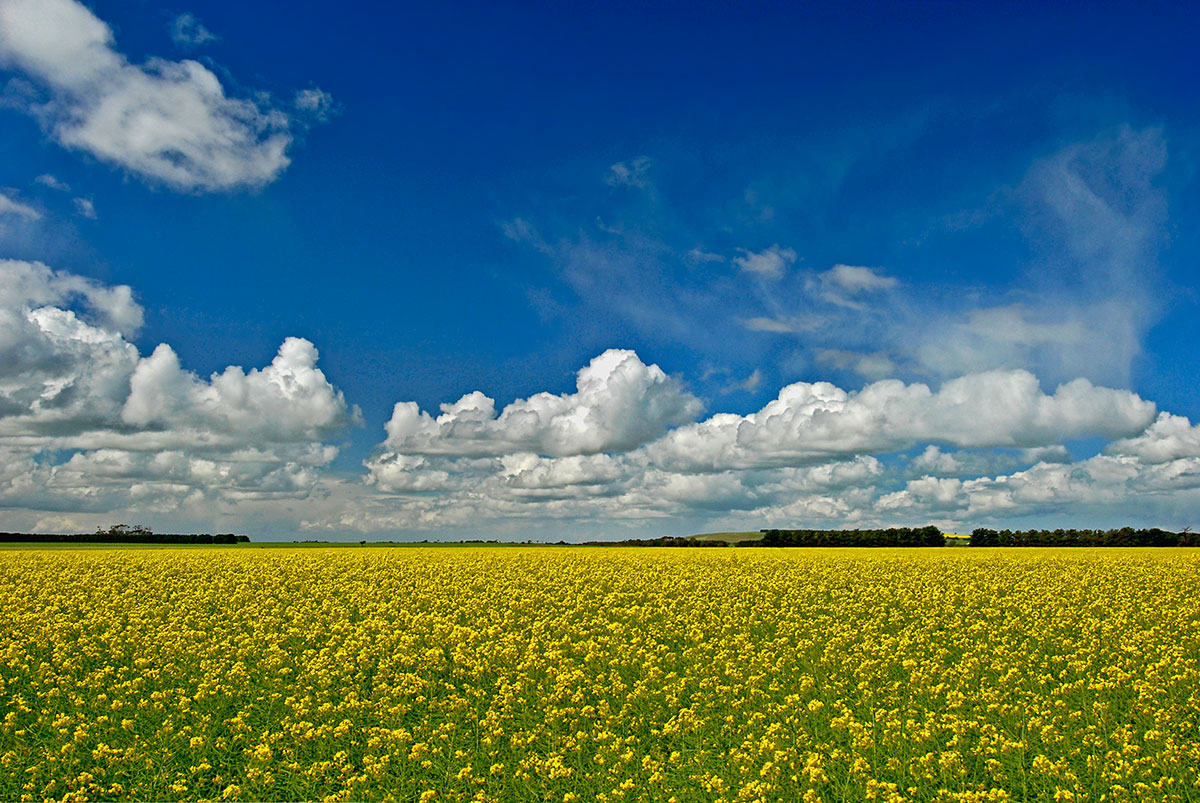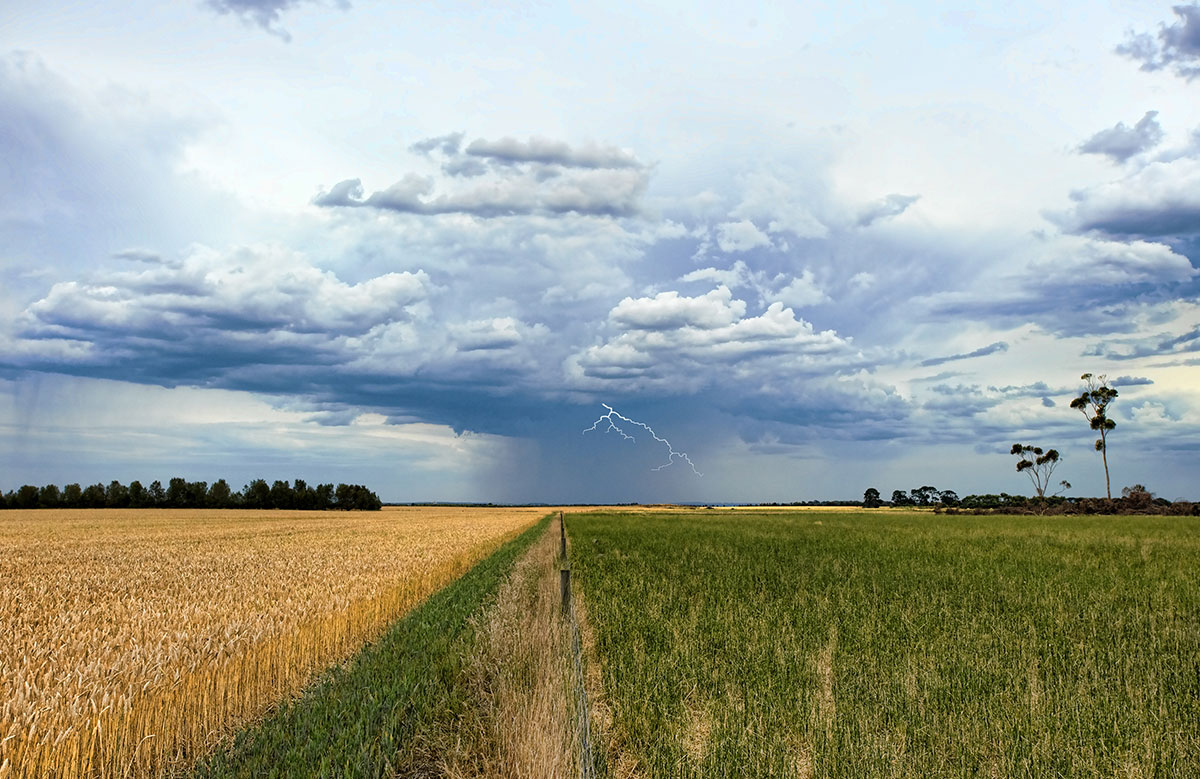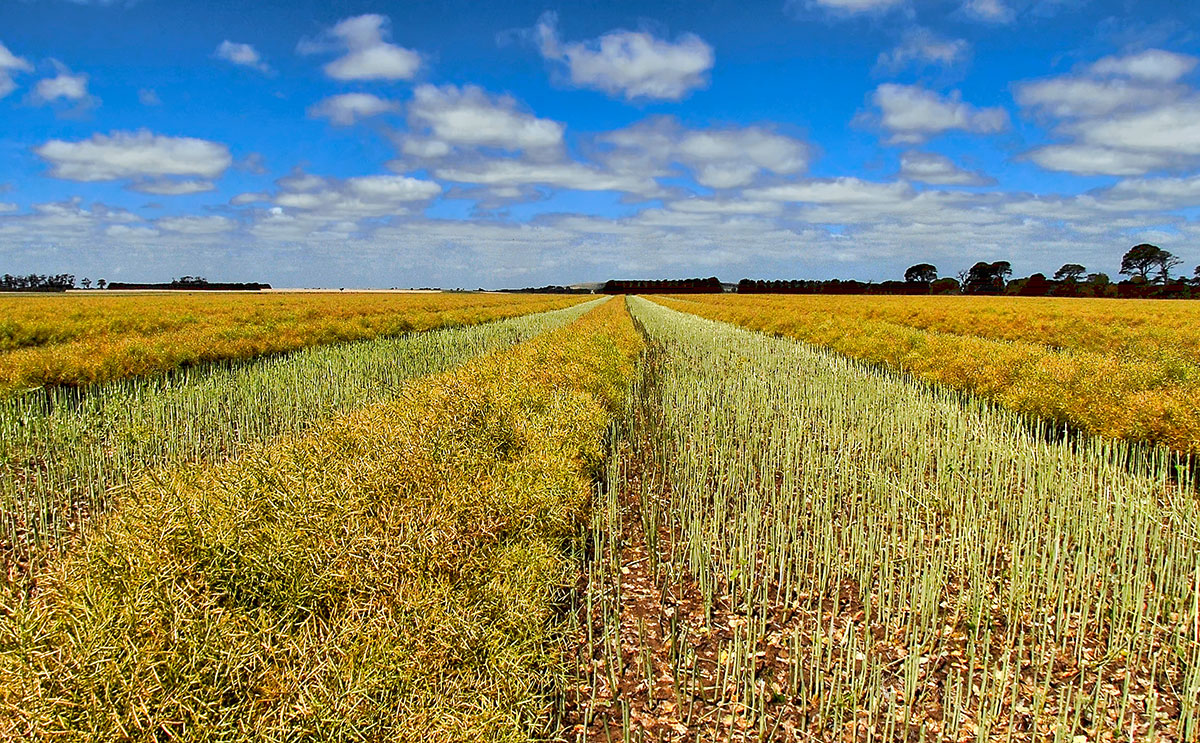Land management
Mount Hesse is managed holistically in so far as the board realises that every decision made has long term consequences and that even though Mount Hesse pty ltd holds the title to the property the company is only a caretaker of the land for future generations. Sustainable systems are implemented with independent audits carried out to make sure management is in line with best practice in this regard. Flock care, crop care and cattle care Quality Assurance programs make sure that documentation and implementation of a strict set of guidelines is undertaken.
The land
As alluded to in the Mount Hesse History section of this website, the carrying capacity, productivity and bio diversity of the property has been improved over time. The ability to grow ever higher yielding crops and pastures has not been achieved by depleting the natural resources of the property but by utilising management systems that are in harmony with the environment and enhance the natural resources of the property.
Although improved pasture varieties have been introduced, the species have been selected for their ability to be deep rooted and survive in the predominantly winter rainfall, Mediterranean type climate. Areas of significance have been fenced off and are managed under the State Land for Wildlife scheme and Friends of the Brolga (Australia’s largest flying bird) guidelines.
As the farm is part of the very large Western District tree less volcanic plain all trees on the farm have been planted by hand. Now numbering tens of thousands they have added to the bio diversity of flora and fauna on the property. Providing shade from the sun and shelter from wind and rain, not only are the trees beneficial to the wool producing sheep flock but also as nesting sites for birds and homes for snakes, lizards, native marsupials and huge numbers of helpful insects. With dams and troughs for our sheep across the farm, water is now available for many species of birds that would have struggled to survive in the tough dry summers.
The farm has a number of different land types and instead of the European penchant for square paddocks (fields) we have, over time, fenced to land-class so that the individual areas can be managed in a sustainable way. As an example the lighter soils on the property can be subject to wind erosion during droughts. With these soils managed separately ground cover can be maintained in dry conditions, limiting any damage that may occur.
Water
Without a reliable supply of water livestock would not be a viable option on Mount Hesse. Originally small dams were installed to catch the winter rainfall, however these were not sustainable through the dry summers. Wells were sunk in the 1890’s that are still at the same as level as when they were established. Later on bores were put in that tapped the sub-artesian water catchments. As with the wells, given the requirements of livestock are minimal, these bores are still operational.
Most rainfall run-off collects in shallow swamps or low lying wetlands in the winter and spring and only have water in them until it evaporates in the summer. By excluding livestock through our fencing policy these areas have developed a good cover of native grasses and are now excellent nesting sites for many species of birdlife. The only natural water course is the semi-permanent Sandy Creek which has been fenced off and planted with native trees to protect the creek itself, limit erosion and promote bio-diversity.


